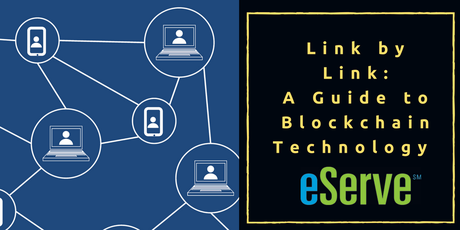Blockchain For Dummies:
What is Blockchain & How Does it Work?
There has been a lot of talk and excitement over Bitcoin in the news recently, which may leave you scratching your head as to what it is and – more importantly – how it works.
At its simplest, a Blockchain is a shared database (ledger) that everyone can write to and access to verify transactions. It is extremely secure because the transactions are encrypted with 256-bit cryptographic keys. Blockchain is a way of keeping a record of the ledger over time, but via a decentralized system. So instead of the record of every transaction that has occured on a server, all the information is kept in the decentralized ledger (the blockchain).
While many people consider Bitcoin and Blockchain one and the same, they aren’t.
Bitcoin is a type of unregulated digital currency created in 2008 by Satoshi Nakamoto – which is believed to be a pseudonym for one individual or a collective. Also known as a “cryptocurrency,” Bitcoin was launched to bypass government currency controls and simplify online transactions by eliminating third-party payment processing intermediaries. Because accomplishing this required more than just the money itself, there had to be a secure way to make transactions with the cryptocurrency.
When Bitcoin was released as open source code, blockchain was wrapped up together with it in the same solution. And since Bitcoin was the first application of blockchain, people often inadvertently used “Bitcoin” to mean blockchain. That’s how the misunderstanding started. Blockchain technology has since been extrapolated for use in other industries, but there is still some lingering confusion.
Is Blockchain Safe?
Yes! These ledgers are constantly checked against one another automatically to stay up to date with the master. The master is the longest most agreed-upon chain at any given time. Says Adam Kerpelman, founder and CEO of Juris – Human-Powered Dispute Resolution for Blockchain Smart Contracts,
“Anyone (or any program) can check the ledger any time because the ledger is public. But, everything on the ledger is encrypted, so unless you have the key for the ledger slots you’re trying to look at, all you see is nonsense. This is how the system is able to be secure, but also public.
“Everything is encrypted using a algorithm that is, as of now, unhackable. So, if you take a look at a blockchain ledger at any given time you can see that X address, took part in Y transaction with Z address, but unless you have the keys it’s all just nonsense. If you do have the keys for those slots, you can see, and verify the database behavior just like you would if it were a central bank server.”
In that way, blockchain is secure because it’s impossible to hack (unless you’re able to guess a bad password,) but there’s also extra security in the decentralization. Where one bank server could be hacked and give access to the whole database, providing the correct password on a blockchain would only allow the hacker access to that one slot, or the few slots associated with that password. An additional security advantage is that a fire or catastrophic event on the central server wouldn’t destroy the database, because it lives on thousands of computers around the world.
Where is Blockchain Used The Most?
Currently, the biggest impact is being felt in the financial space because the financial industry’s business is essentially tracking transactions. All banks really do for the average person is keep track of a running list of transactions and match that up against various touchpoints to reflect money moving around. This is why Bitcoin is creating a sensation. It was built to decentralize many of the services banks provide for a fee, essentially making it so that anyone who has the Bitcoin software can do what banks do.
In fact, some major financial services companies – including JP Morgan and the Depository Trust & Clearing Corporation – are experimenting with blockchains and blockchain-like technologies to improve the efficiency of trading stocks and other assets. Traders buy and sell stocks rapidly, but the behind-the-scenes process of transferring ownership of those assets can take days. Some technologists believe blockchains could help with that.
“When it comes to security, it’s one of the most secure emerging technologies,” says Karrie Sullivan, Principal of Culminate Strategy Group, Chicago, IL. “The biggest threats to Blockchain security we’ve seen so far are sloppy coding/security, insider theft, and (in the future) quantum computing.”


